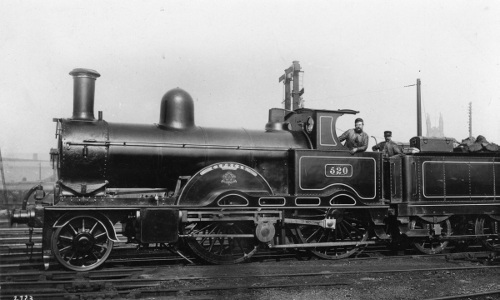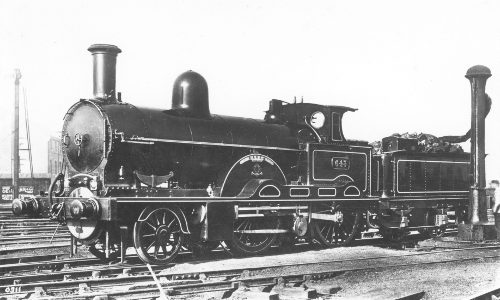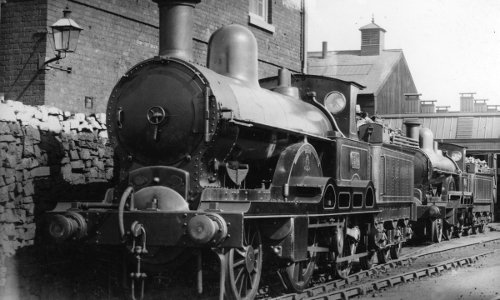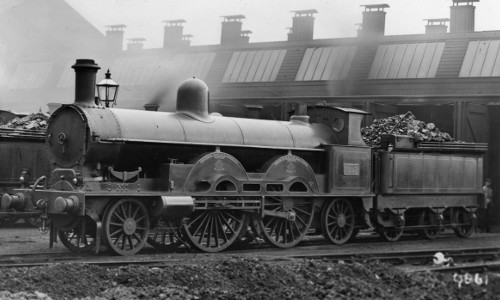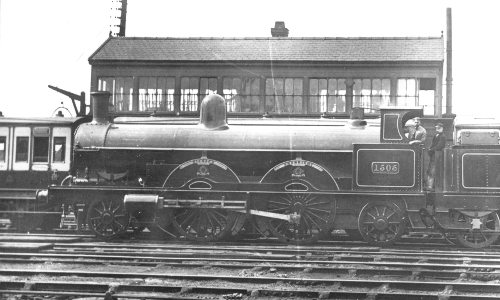F W Webb's 3 Cylinder Compound Express Engines
Few railway locomotives of the pre grouping era can have had so much written about them as Webb’s 3 cylinder compound express engines. For far too long myth and malicious comments have been uncritically regurgitated in books and magazine articles. Thankfully, we now have a more scholarly account in the highly recommended “F W Webb’s 3 Cylinder Compounds” by Peter Davis to give us a more balanced view of these fascinating machines.
Experiment
A series of 30 three cylinder compounds built in the 1880’s, the first of Webb’s compounds apart from a few experimental engines. The name might be thought to have a scientific connection, as with “Problem” and “Theorem”. This class, however, was Webb‘s large-scale experiment with a class of express compound locomotives, and the first engine was named accordingly.
Dreadnought
Designed by F.W. Webb, the ‘Dreadnought’ class was basically an ‘Experiment’ enlarged to produce more power. The boiler was larger, with 176 psi instead of 150 psi, and the valve gear was modified. In many ways the ‘Dreadnought’ was the first modern Webb engine. In addition to a circular smoke box door, tommy-bar screw coupling, it was the first engine to have the new 3in thick tyres made of steel.
Teutonic
The ‘Teutonic’ was developed from the ‘Dreadnought’ class, and became the most successful and, when built, the largest of F.W. Webb’s 2-2-2-0 three-cylinder compounds. Using the same boiler, they had 7ft 1in driving wheels (compared with 6ft 3in on the ‘Dreadnoughts’). The reversers for the two outside high-pressure cylinders, and the one inside low-pressure cylinder were linked, so that the driver could adjust one independently of the other. The axle boxes were lubricated by oil instead of grease, a feature introduced on the class. All except “Jeanie Deans” were named after ships of the White Star Line. “Pacific”, the third of the class, was originally built as a triple expansion compound but was soon converted to conform with the rest of the class.
Greater Britain
This class of ten 2-2-2-2 compounds was built by Webb from 1891 to 1894. With 7ft driving wheels and the same cylinder arrangement and valve gear as the “Teutonics” , they were a massive development of that class. Their overall length, at just over 54ft, was comparable with that of the eight-coupled goods engines. All had two-word names; each word on its own name plate on each splasher.
John Hick
A class of 2-2-2-2 compound locomotives built by Webb from 1894, similar to the “Greater Britain” class but with smaller 6ft 3in driving wheels. Presumably the smaller driving wheels were intended for the Crewe-Carlisle main line, while the “Greater Britains” worked south of Crewe. In practice, the “Greater Britains” took expresses to Carlisle and the “John Hicks” found their home on secondary expresses.

